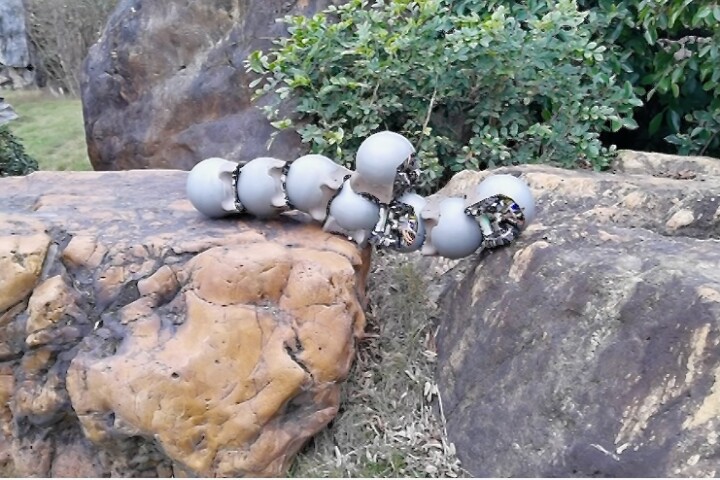Scientists from the University of Cambridge’s Veterinary School, working with colleagues from the UK Medical Research Council’s Regenerative Medicine Centre, have got disabled dogs walking again. More specifically, they’ve used the dogs’ own cells to repair their spinal cord injuries, and at least partially restored the functionality of their back legs. The researchers believe that the process shows promise for use on physically challenged humans.
The cells in question are known as olfactory ensheathing cells (OECs), and they aid in growing the nerve fibers that allow the nose to communicate with the brain. One of the more unusual qualities of the mammalian olfactory system is its ability to regenerate itself throughout adulthood – this is due to the activity of the OECs.
In the study, OECs were removed from the lining of each of the test dogs’ noses. The 34 dogs used in the study were all family pets that had already sustained spinal cord injuries. In all cases, the animals were unable to use their back legs or feel pain in their hindquarters, 12 months or more after sustaining the injury.
The dogs were divided into two groups. One group received an injection of its own harvested OECs at the site of its spinal cord injury. The other group simply received an injection of the fluid in which the cells were stored – neither the owners nor the researchers observing the dogs knew which animals were in which group.
After receiving the injections, the dogs were sent home. They were subsequently brought back to the lab by their owners on a monthly basis, to have their gait analyzed on a treadmill. After several months, the dogs who had received the OECs were found to have regained considerable function of their back legs – not only could they move them, but they could also coordinate their movements with those of the front legs. The scientists established that this was due to the fact that the OECs had bridged the gap in each dog’s spinal cord, where the injury had occurred.
Although other projects have previously explored the use of OECs for repairing spinal cord injuries, this was reportedly the first one in which injuries sustained in the “real world” were treated, and not immediately after they were sustained. The researchers are cautiously optimistic about how effective the process might be with humans, although they stress that it would likely be used in conjunction with other treatments.
“Our findings are extremely exciting because they show for the first time that transplanting these types of cell into a severely damaged spinal cord can bring about significant improvement,” said the university’s Prof. Robin Franklin, co-author of the study. “We’re confident that the technique might be able to restore at least a small amount of movement in human patients with spinal cord injuries but that’s a long way from saying they might be able to regain all lost function. It’s more likely that this procedure might one day be used as part of a combination of treatments, alongside drug and physical therapies, for example.”
One of the test subjects, a dachshund named Jasper, can be seen strutting his stuff in the video below.
Source: University of Cambridge via BBC




